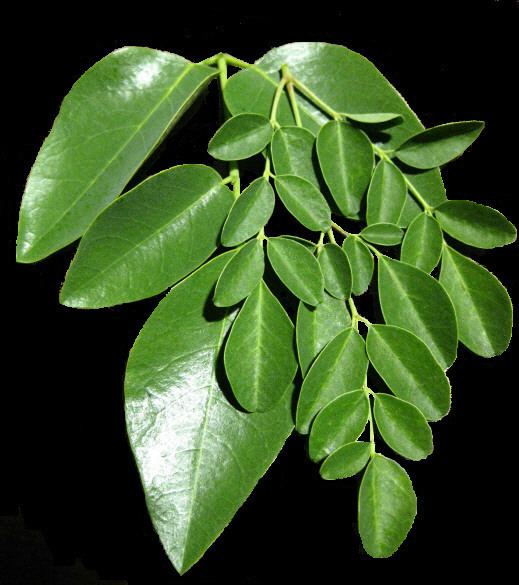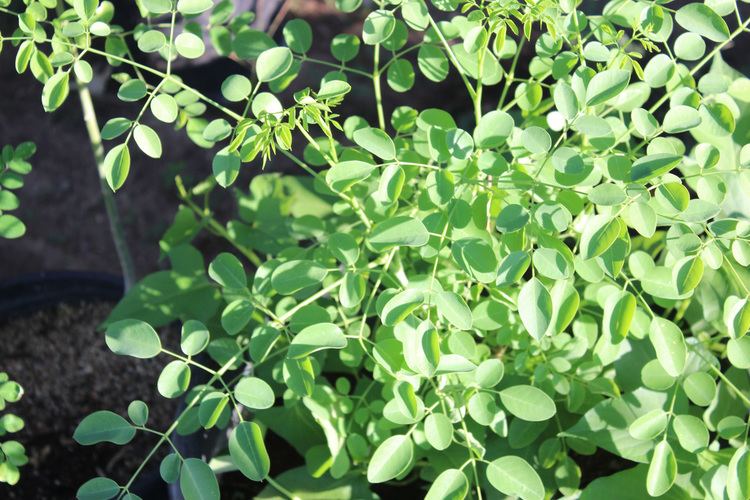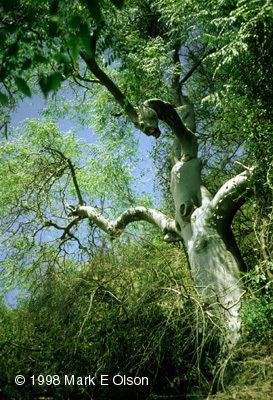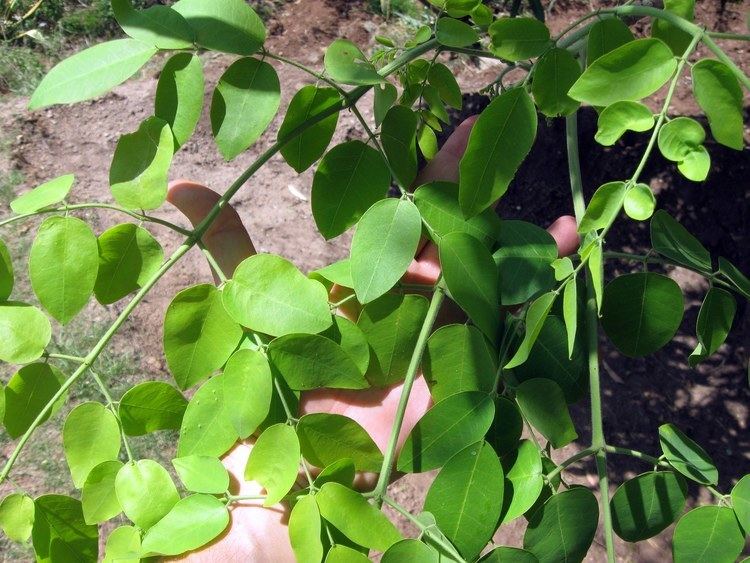Kingdom Plantae Clade Eudicots Order Brassicales Scientific name Moringa stenopetala Rank Species | Clade Angiosperms Clade Rosids Family Moringaceae Higher classification Moringa | |
 | ||
Similar Ben oil, Desert date, Dobera glabra, Leaf protein concentrate, Yellow Plum | ||
Moringa stenopetala vs moringa oleifera
Moringa stenopetala, commonly called the cabbage-tree (along with a number of other species), is a tree in the Moringa genus of flowering plants, native to Kenya and Ethiopia. It is now extirpated in the wild in Ethiopia, though still grown there as a crop on the terraces built to conserve water high up the mountains. It is a multipurpose tree producing edible leaves, seeds used for the purification of water, and traditional medicinal products.
Contents
- Moringa stenopetala vs moringa oleifera
- Growing moringa stenopetala trees organic moringa seeds
- History
- Description
- Uses
- References

Growing moringa stenopetala trees organic moringa seeds
History

The cabbage-tree was planted by agriculturalists on the complex system of terraces built high up in the Ethiopian Highlands, where they became domesticated and were bred to improve productivity, the taste of their leaves, and the size of their seeds. Since then, the improved trees have been introduced into other areas such as the Rift Valley.
Description

The cabbage-tree is a small tree up to 12 m (39 ft), with a many-branched crown and sometimes with multiple trunks. The leaves are bipinnate or tripinnate, with about five pairs of pinnae and three to nine elliptic or ovate leaflets on each pinna. The fragrant flowers have creamy-pink sepals, white or yellow petals, and white stamens. The fruits are long reddish pods with a greyish bloom.
Uses

M. stenopetala is mostly known for its importance as a nutritious vegetable food crop in the terraced fields of Konso, Ethiopia. In this way, it is similar to its Indian relative, Moringa oleifera. It is also used for shading of Capsicum and Sorghum crops, as a companion plant; and additionally in folk medicine.

Another use is the clarification and purification of water to make it potable. A powder made by grinding the seeds is found to be more effective at coagulating substances in suspension than the seeds of the closely related horseradish tree (M. oleifera), which is used for this purpose in India.
